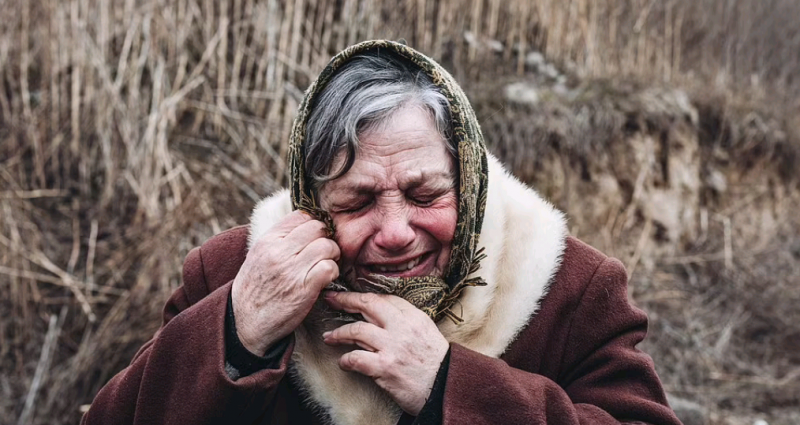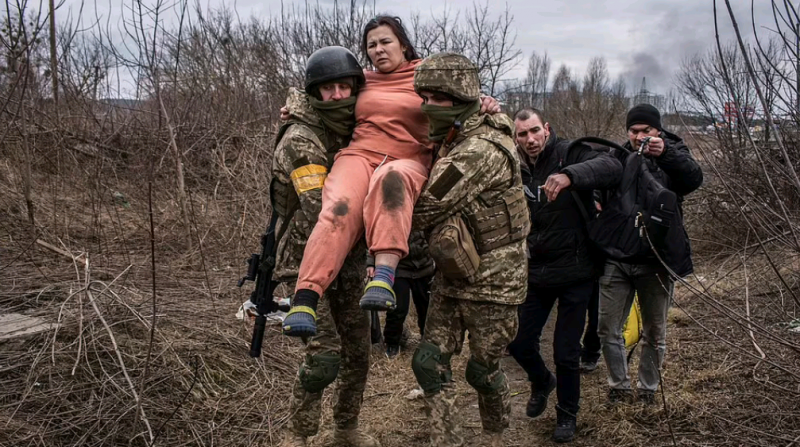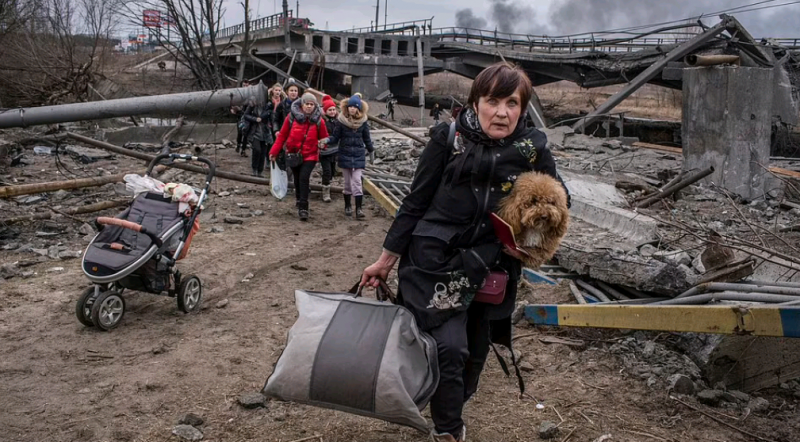[ad_1]
Since the beginning of the Russian occupation, more than one and a half million people have fled Ukraine. Compared to 2015 which marked one of the largest influxes of migrants caused by the war in Syria, where 1.3 million people arrived in Europe within a year. In two weeks, more than double the number of people who arrived in Italy by sea in the last eight years, left Ukraine.
The Balkan wars in the 1990s brought in millions of refugees, but within a decade and in different directions.
The comparison that is being taken more seriously is the forced emigration that took place during and after World War II.
“This is the refugee crisis that Europe hoped to never experience again“, Writes The Economist.
Most of these people, about one million, have arrived in Poland. This country belongs to the European Union although in recent years there has been a very hostile attitude towards asylum seekers coming from the Middle East and Africa.
However, Poland is not the only country in the European Union that welcomes Ukrainian refugees. More than 180,000 have arrived in Hungary, about 128,000 in Slovakia and just over 82,000 in Romania.

In Moldova, a small, very poor country lying between Ukraine and Romania, about 80,000 refugees have arrived, which is one-sixth of the population of the capital Chisinau.
“Today, one in eight children in Moldovan territory is a refugee,” Moldovan Prime Minister Natalia Gavrilita told CNN on Monday.
The figures are constantly changing, as the United Nations High Commissioner for Refugees (UNHCR) points out, which is collecting them on a public page that updates it daily.
“We are making every effort to verify the information received”.

People are leaving in private vehicles, vans or trains. Ukraine has a highly developed railway network, is the 13th country in the world for the length of railways, and despite some damage suffered by the Russian military, passenger trains still travel to most of the country.
These days, the top executives of Ukrzaliznytsia, the state-owned railway company, report directly to Transport Minister and President Volodymyr Zelensky.
In addition to the difficulties and dangers of operating the service during a war, Ukrzaliznytsia has to deal with a large number of passengers. Speaking to Business Insider, the company said that the important railway center of Lviv is accustomed to accommodate between 5 to 6 thousand people a day, recently the figure has increased tenfold.
At this stage, travel to countries other than Russia or Belarus, its close ally, is at least facilitated by the fact that the roads and railways leading to Poland, Romania, Hungary, Slovakia and Moldova are located in the west of the country, ie the area that is currently spared from the fiercest fighting.

As soon as they arrive at the border countries, the refugees are treated by many volunteers and associations that guarantee them food, shelter and clothing. In Poland, for example, there is much discussion about the fact that, at least until the last days, the first reception of refugees was almost entirely entrusted to NGOs.
At the moment, Ukrainian refugees are trying to reunite with their relatives living in border countries or in Western Europe. But, the impression of many people is that we are just at the beginning of a large influx of immigrants. The European Commission has estimated that up to 4 million people could leave Ukraine in the next five months.
In an interview with La Repubblica newspaper, UNHCR chief Filippo Grandi argues that in the early days of the Russian occupation, Ukrainian middle-class families fled. According to him, the real problems will come later, if other cities are bombed. Then we will see people looking to leave and who have very little money and connections abroad.
top channel
[ad_2]
Source link















